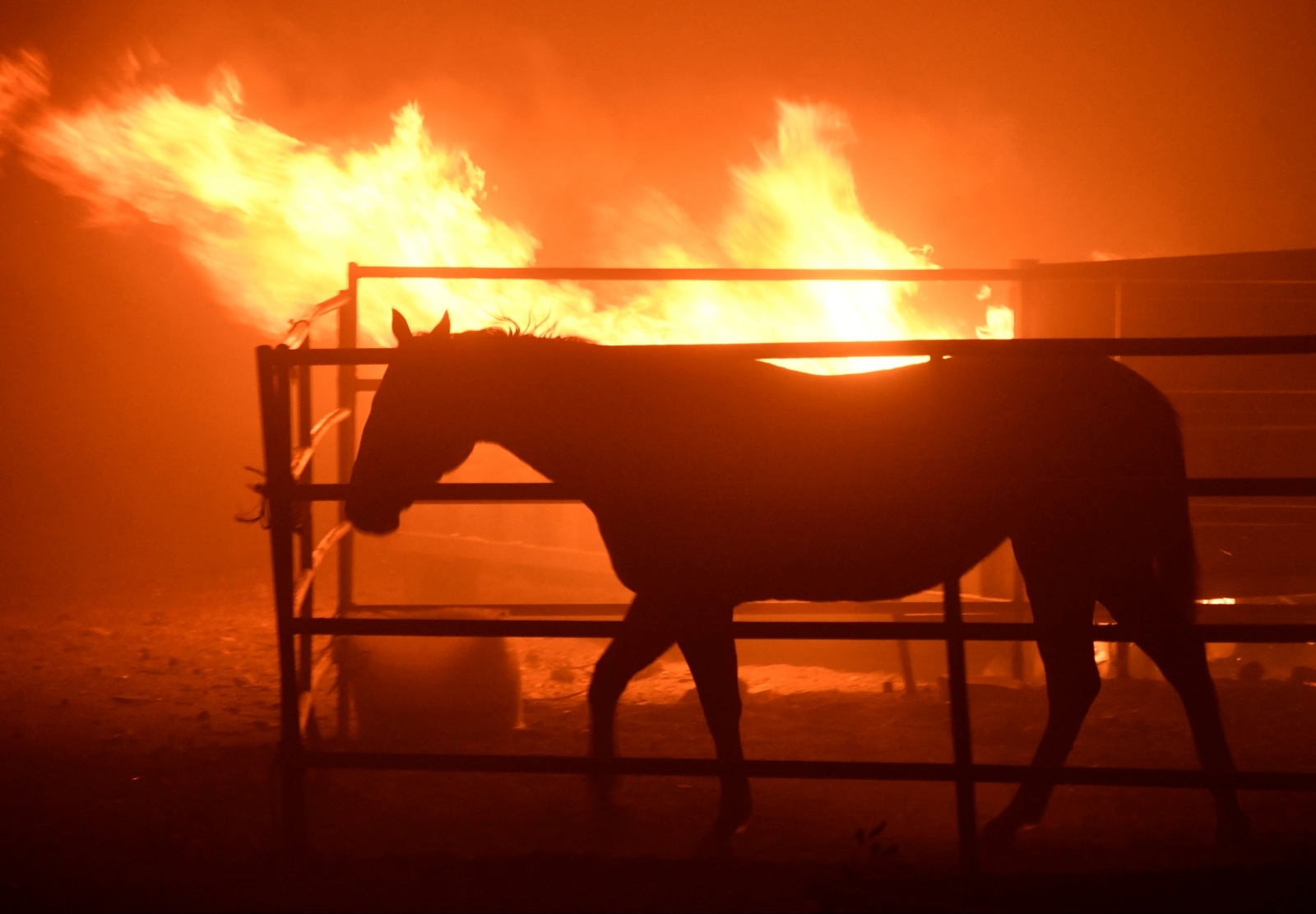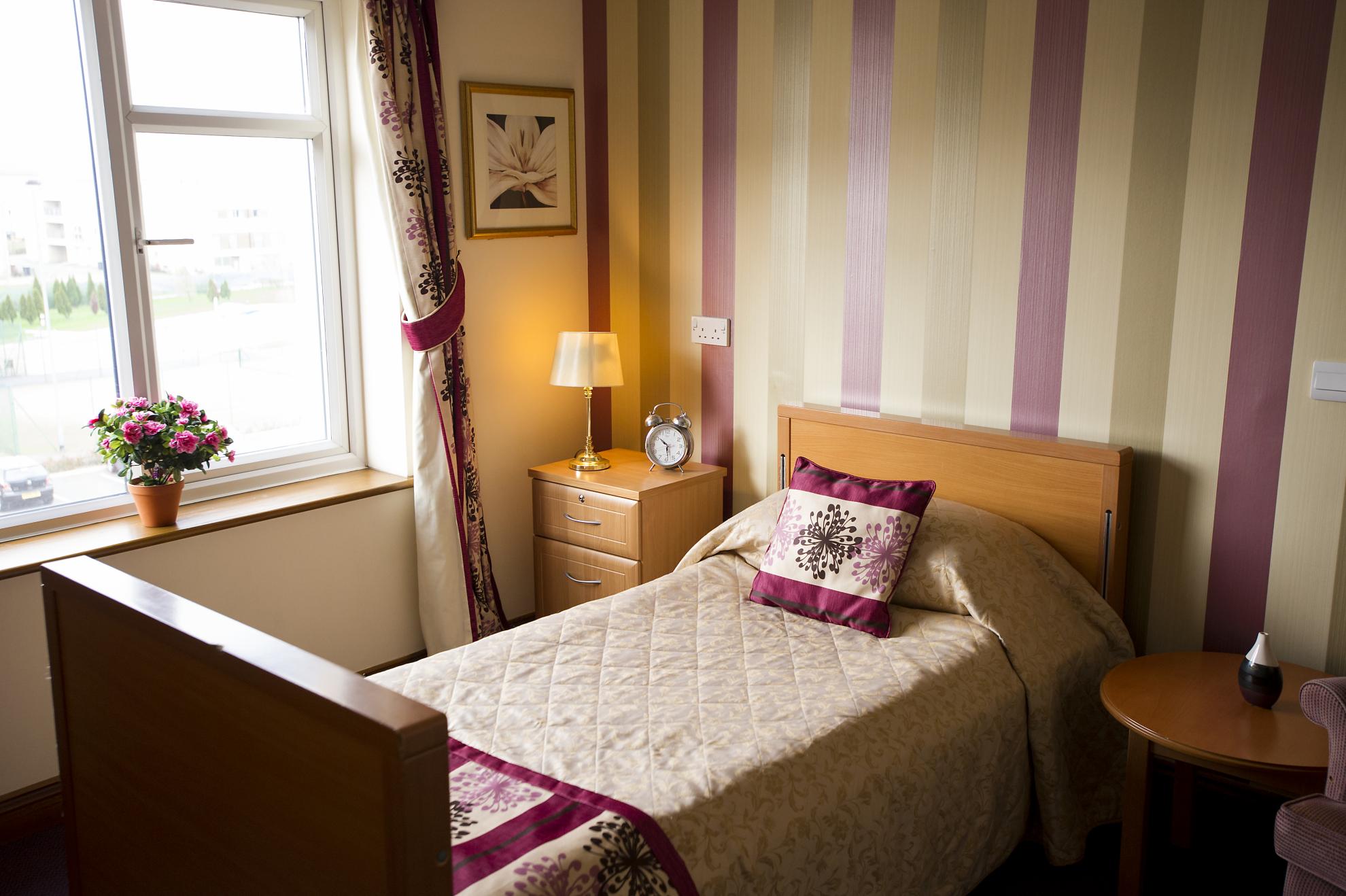Table of Content
That is why it is so important for care homes to have comprehensive fire safety measures in place. For example, you may need extra equipment to help residents who are not able to move as easily as they would like. You should also ensure that there are clear corridors on the ground floor so that carers can evacuate residents in wheelchairs. The installation of an automatic fire detection system should include the provision of smoke detectors in every room.
You should install fire alarm detectors in high-risk areas of your building. You should also install fire doors that close automatically when the alarm is triggered. The most important aspect of having a clean and clear corridor on the ground level is the safety of your patients, residents and staff. This is especially true in the event of a fire, as the chances of a blaze spreading to other parts of the building are far greater than in a residential setting. Fortunately, many care homes are now equipped with the latest in firefighting technology, and the aforementioned should be considered standard operating procedures for the foreseeable future. Fire doors in care homes should be regularly inspected and maintained.
What is the Fire Safety Guidance Document for Care Homes?
The final major cause of residential fires comes from heating systems. A building that uses classic fireplaces should have its chimneys cleaned on a regular basis since doing so allows the heat and ashes to rise without clogging and causing the heat to start a fire. Another household utensil that is often the cause of fires is the dryer. The tips for electric wires apply to dryers too, but they also have their own special requirements.

Have your alarms tested and ensure any fire extinguishers are fully charged. If you own or work in a care home, you must make fire safety a top priority. Due to the vulnerabilities that staff members and residents may have, they might not have the ability to evacuate safely on their own.
Search for a department and find out what the government is doing
Reading through all the legislation and understanding your legal requirements can be a time-consuming, daunting task. To help, we’ve summarised everything you need to know in a concise guide. Consider keeping an emergency box that contains information about all the residents in the care home. This ensures residents can continue to receive essential care during and after a fire emergency. Remember to install detectors in high-risk areas, such as boiler and laundry rooms, kitchens, roof voids, bedrooms, and access rooms to bedrooms. Consider using heat detectors instead of smoke ones in bedrooms, as steam from bathrooms can trigger false alarms.

You’re around 8 times more likely to die in a fire if you do not have a working smoke alarm in your home. Ensure that fire compartmentation is good and that fire will not spread. This may involve a more invasive fire risk assessment, especially in older buildings . The online assessment is taken on completion of the training material. You will be asked 15 multiple choice questions with a pass mark of 80%. The answers are marked automatically so that you’ll instantly know whether you passed.
Fire safety risk assessment: residential care premises
They key factor in making your choice should be the specialist qualifications and experience of the assessor. Don’t be afraid to ask for details – no matter how well qualified, an assessor with years of experience in a different sector may not be the right person to identify the risks unique to a care home. This Fire Safety for Care Homes course is designed for people in senior positions in care homes, including owners, supervisors, and managers, but is suitable for anyone who works in a care setting. It teaches the learner what fire safety measures should be in place in care homes to minimise fire risks and assist vulnerable residents if they need to evacuate. Anyone at any level can take the course, as it provides a general understanding of fire safety before covering specific care home accommodations. Fire safety in care homes must take top priority to ensure the well-being of all residents, staff and visitors in the building.
We have a long-standing track record of successfully dealing with multi-jurisdictional matters for our clients covering a broad range of legal services. We offer a full range of services to support all aspects of your organisation. We can advise you in all areas of law, just come and talk to us. London Fire Brigade significantly increased its inspection schedule in care homes in London this year following fire safety concerns. A care home has a legal duty to ensure that any risk from fire or the effects of fire are kept to an absolute minimum. Fire Safety training teaches the uses of safety equipment such as fire extinguishers.
This means an assessment of all call points to identify faults should be high on your priority list. In a care home, both fire extinguishers and fire alarms must be present in multiple locations and must be the correct grade and category for your specific premises. The Responsible Person must carry out a full Fire Risk Assessment on their premises to ensure the safety of those who live and work in the care home. As an occupancy with at-risk residents, you must install and maintain the correct Fire Alarm System. In this article, we will educate you on the correct category system for your care home. It is crucial to first note the importance of fitting the correct Fire Alarm System for your premises, and why care homes in particular, are in need of specific systems.
It is vital that doors are kept sufficiently well-maintained to hold back smoke and fire long enough to evacuate residents. Fire Services will expect to see regular checks of door condition and prompt action where damage is found. In December 2016 Brookholme Croft Limited were sentenced to combined fines and costs of £214,000, exceeding their annual pre-tax profits. One of their residents died following a fire that began when an e-cigarette battery left on charge overnight exploded.
A PEEP explains the evacuation method that a vulnerable person will use to escape the building during a fire. It should cover what safety arrangements are in place for them and what actions they and supporting staff will take. For example, it may detail that the resident will receive fire warnings via a personal pager and will use an evacuation chair. All care homes should have designated fire wardens, who have received theoretical and practical training.
The checklist below covers the most important fire safety measures in care homes. It will help you to determine whether you have sufficient controls in your premises and, if not, take action to improve them. This article summarises the key fire safety areas you should focus on in a care home. It will help you fulfil your duty to keep all residents and staff safe. With most buildings, the common reasons for fires are often caused by cooking appliances or malfunction in electrical equipment. Care homes will have numerous alarms and medical equipment such as medical oxygen cylinders plugged in 24-7.
Ensuring that all staff and residents can identify which emergency is for each alarm can help the evacuation process run smoothly. Consider installing different types of alarms to cater to those with audio or visual impairments. The only way you can ensure the safety of all the people in your care facility in case of a fire outbreak is to ensure that you have solid evacuation plan in place. You should also ensure that you have a fire warden in your care home to advise residents and staff on the evacuation protocols they should follow when there is a fire. Another issue that regularly provides problems for care home owners is fire doors.
To be fair, fires in care homes can generally be attributed to human error or equipment misuse or failure. The same year Anchor Trust were fined £210,000 following the death of a resident left to smoke a cigarette outside one of the company’s care homes. Fire Services, the Care Quality Commission and others have all issued guidance in recent years addressing the use of paraffin-based emollients for smoking residents. Such skins creams are, of course, common amongst care home residents.
Accordingly, you must create an evacuation system which accounts for this. According to the London Fire Brigade, 41% of those care home fires are caused by cookers and the act of cooking, 21% by kitchen appliances and 13% by smoking. It’s probably to be expected that kitchen-related incidents form 62% of total fire incidents. Residential care homes care and cater for tens to hundreds of people. Cooking and delivering a high number of meals puts strain on both the kitchen and the staff working inside them.


No comments:
Post a Comment